
Fridge leaking water and cooling slowly? Do this quick DIY before calling a tech
Most “leak + weak cooling” cases come from two fixable issues: a clogged defrost drain and dirty condenser coils. The steps below take 30–45 minutes and solve the majority of cases.
What you’ll need
-
Phillips screwdriver (for rear/bottom panels if needed)
-
Old towels/baking tray
-
Small brush + vacuum (or paintbrush)
-
Turkey baster or squeeze bottle / large syringe
-
Warm water (not boiling) + a little dish soap or 1 tsp baking soda per cup
-
Flexible zip tie/pipe cleaner (for the drain)
-
Flashlight
-
Level (or phone level app)
1) Two-minute triage (find the leak source)
-
Water on floor, back corner: Often defrost drain blocked; water overflows the interior, runs out the door gasket bottom.
-
Water under crispers/inside fridge: Almost always defrost drain iced or gunked.
-
Water behind/under fridge near a small plastic pan: Pan overfilled because drain is blocked or fridge isn’t level.
-
Water at the wall or under cabinets: Suspect water supply line to ice maker/filter—shut the valve and inspect.
If you also notice the fridge running long and feeling warm, dirty condenser coils are likely.
2) Clear the defrost drain (10–15 minutes)
This stops the leak.
Where it is:
-
For most top-freezer and French-door units, the drain hole is at the back of the fresh-food section (just above the hump) or in the freezer floor/back behind a cover. It leads to a tube down to the drain pan by the compressor.
How to clear it:
-
Unplug the fridge. Lay towels inside.
-
Find the drain hole (small round/slot opening). If you don’t see it, remove the small rear interior panel or crispers to expose it.
-
Mix warm water with a pinch of dish soap or 1 tsp baking soda per cup (helps cut slime).
-
Use a turkey baster/syringe to force-flush the drain—several squeezes until water flows freely.
-
If blocked with ice, gently warm the area with repeated flushes of warm (not boiling) water. A flexible zip tie/pipe cleaner can help dislodge sludge.
-
Check underneath: slide the fridge out and confirm the drain pan is in place and now receiving water.
Tip: If the drain re-freezes, your fridge may be slightly nose-down. In Step 4 you’ll tilt it back a touch so meltwater runs to the pan.
3) Clean the condenser coils (10–20 minutes)
This fixes slow cooling and long run times.
-
Keep the fridge unplugged.
-
Locate coils:
-
Behind a toe kick at the bottom front (newer units), or
-
Behind/below at the rear (older units, behind a thin panel).
-
-
Brush dust from back to front while vacuuming. Don’t crush fins.
-
If there’s a condenser fan near the compressor, spin it gently with a finger to confirm it’s free of lint and moves easily. Clean blades.
-
Refit panels.
Why it matters: A dusty condenser can raise operating temps by 10–15°C internally, making cooling sluggish and wasting power.
4) Level it & seal it (5 minutes)
-
Use a level on the top front edge. Adjust front feet so the fridge is slightly higher in front (2–3 mm). Doors should close by themselves, and meltwater will prefer the drain pan.
-
Do the dollar-bill test on door gaskets: close the door on a bill and tug—light resistance is correct. If it slides out easily in spots, clean the gasket with warm soapy water and dry; reseat corners. Replace if torn.
5) Restore airflow & settings (2 minutes)
-
Set temps to 3–4 °C (37–40 °F) fridge, –18 °C (0 °F) freezer.
-
Leave air vents unblocked; keep items 2–5 cm from the back wall.
-
Avoid loading lots of warm food at once; if you must, split into shallow containers.
6) Power up and check
-
Plug in. Within 10–20 minutes, you should feel cool air again; full stabilization takes several hours.
-
Check beneath after an hour: the drain pan should have a small amount of water, no floor puddle.
If you have an ice maker or external filter
-
Inspect the supply line at the wall valve, filter housing, and fridge inlet. Tighten finger-loose compression nuts a quarter-turn. If any fitting is wet, shut the valve, dry everything, and recheck after 10 minutes of running. Replace cracked tubing.
When to do a quick manual defrost (optional but effective)
If the freezer rear panel is frosted over or you hear the fan rubbing ice, unplug and prop doors open for 2–4 hours (place towels). This melts any ice plug in the drain and clears airflow to the evaporator. Then do the drain flush and coil clean before restarting.
Red flags—call a pro if you see these
-
Compressor stops immediately or trips breakers, or the condenser fan won’t run even after cleaning.
-
Continuous large puddles after the drain flush and leveling.
-
Oily residue near tubing or a strong chemical smell (possible refrigerant leak).
-
Interior stays warm after 12–24 hours with coils clean and doors sealing.
Quick checklist (printable)
-
Unplug → Towels down
-
Flush defrost drain until free-flowing
-
Clean condenser coils and condenser fan
-
Level: slight tilt back; gaskets clean and sealing
-
Temps: 3–4 °C / –18 °C; keep vents clear
-
Optional: manual defrost if heavy ice on rear panel
-
Recheck: no new puddles, cooling improves within the hour
News in the same category


Put a Handful of Pepper Under the Bed and Something Unexpected Happens—Something Bed Sellers Never Tell You

Rice Left in the Rice Cooker Overnight—Can You Still Eat It? The Answer May Surprise You
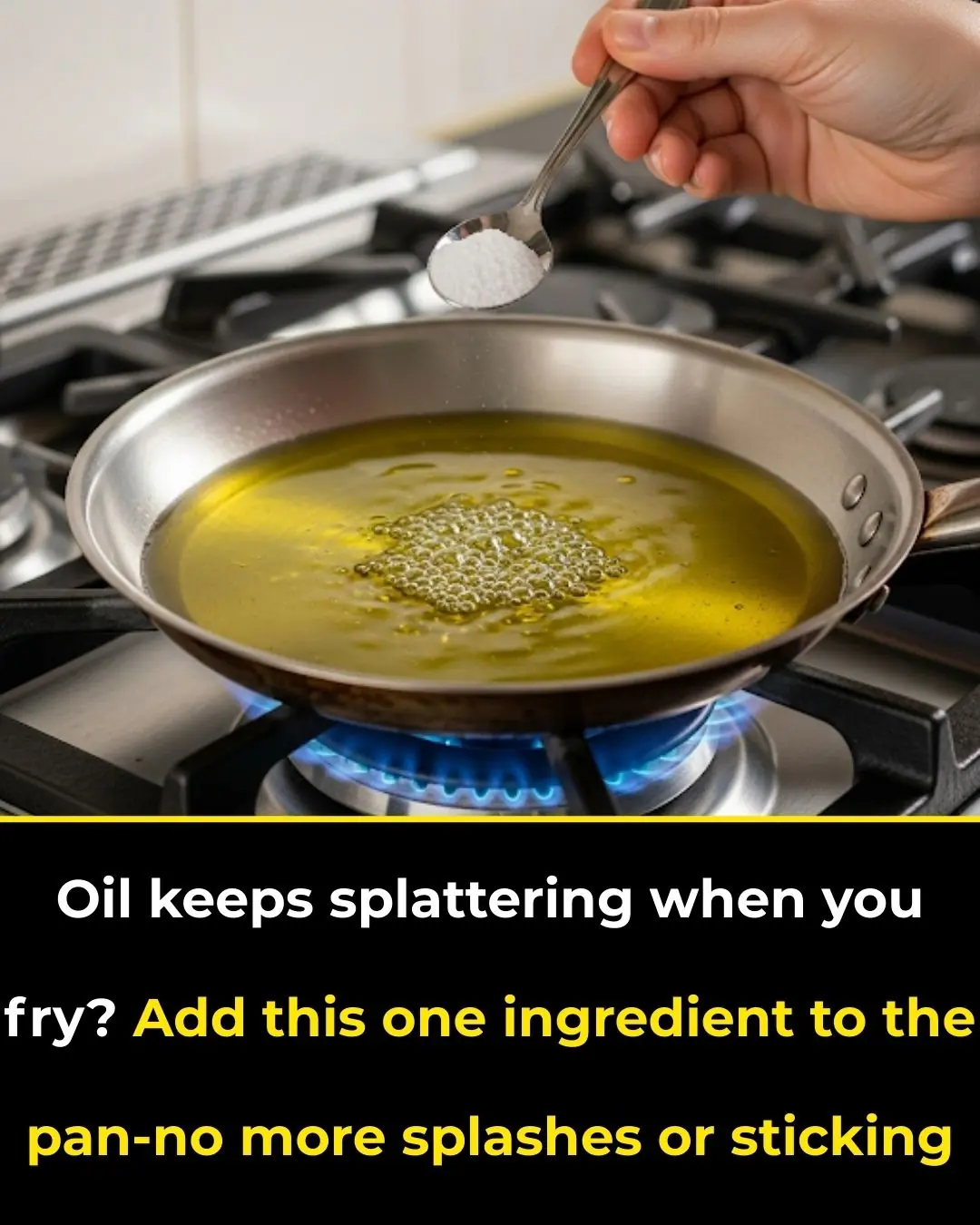
Oil Keeps Splattering When You Fry? Add This One Ingredient to the Pan—No More Splashes or Sticking
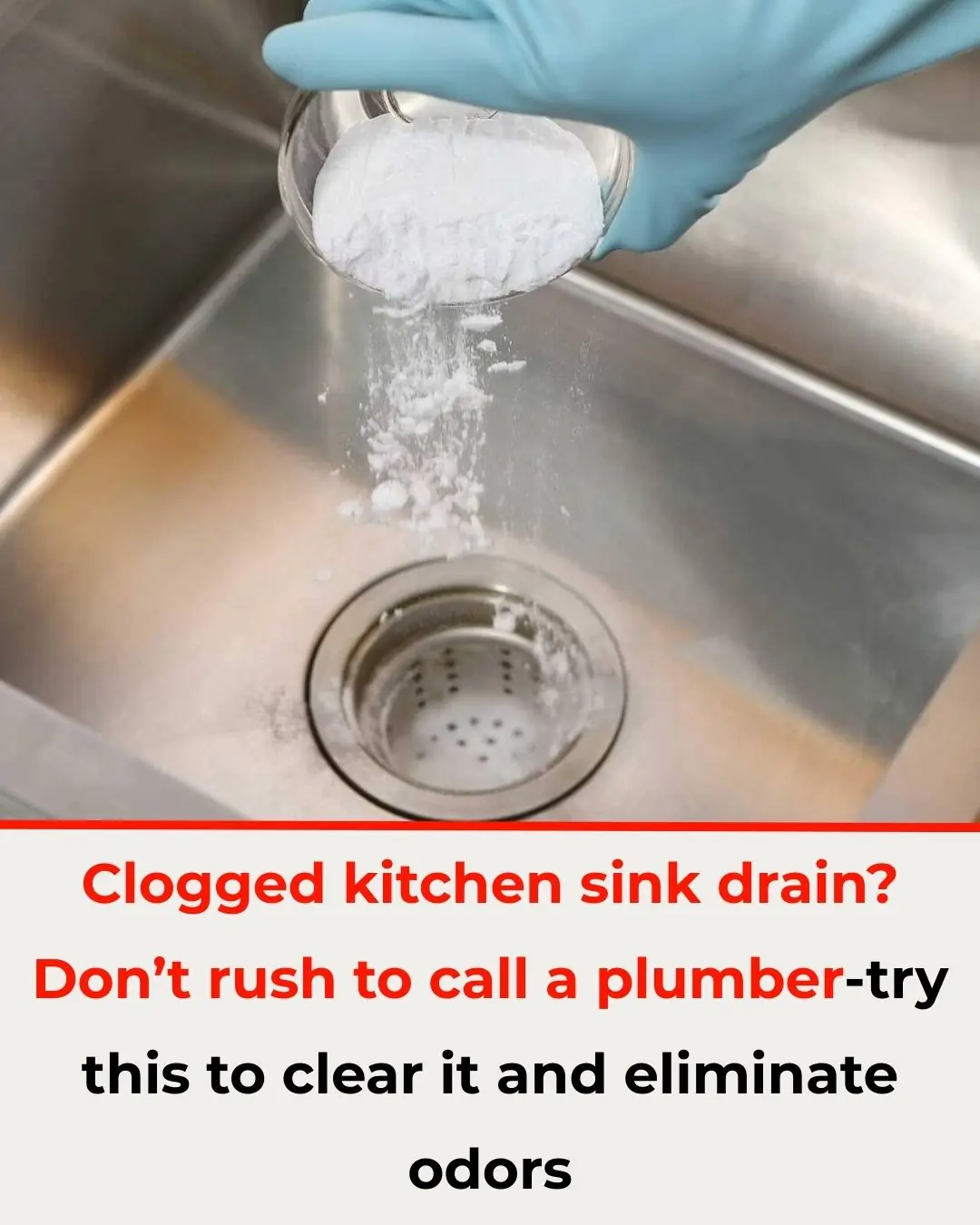
Clogged Kitchen Sink Drain? Don’t Rush to Call a Plumber—Try This to Clear It and Eliminate Odors
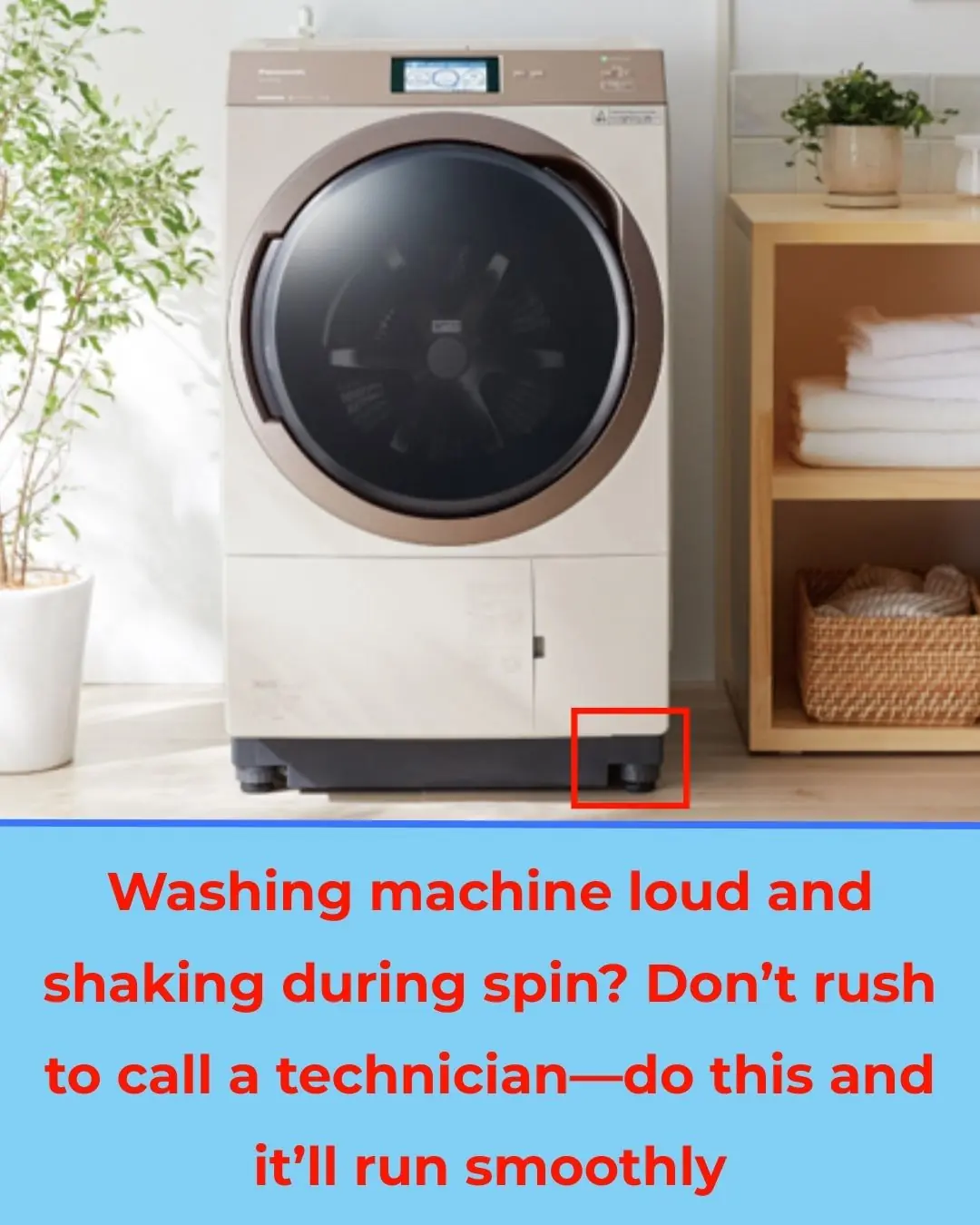
Washing Machine Loud and Shaking During Spin? Don’t Rush to Call a Technician—Do This and It’ll Run Smoothly

Should You Seal the Room When Running the Air Conditioner? Five Errors That Can Double or Triple Your Power Usage

Using an Electric Kettle: 9 Out of 10 Homes Make This Common Mistake – It’s Worth Reminding Family to Correct It Early

If your white walls are dirty, don’t use water—try this 5-minute “dry-clean” trick

8 types of plants that snakes avoid, do not dare to plant them near your house.
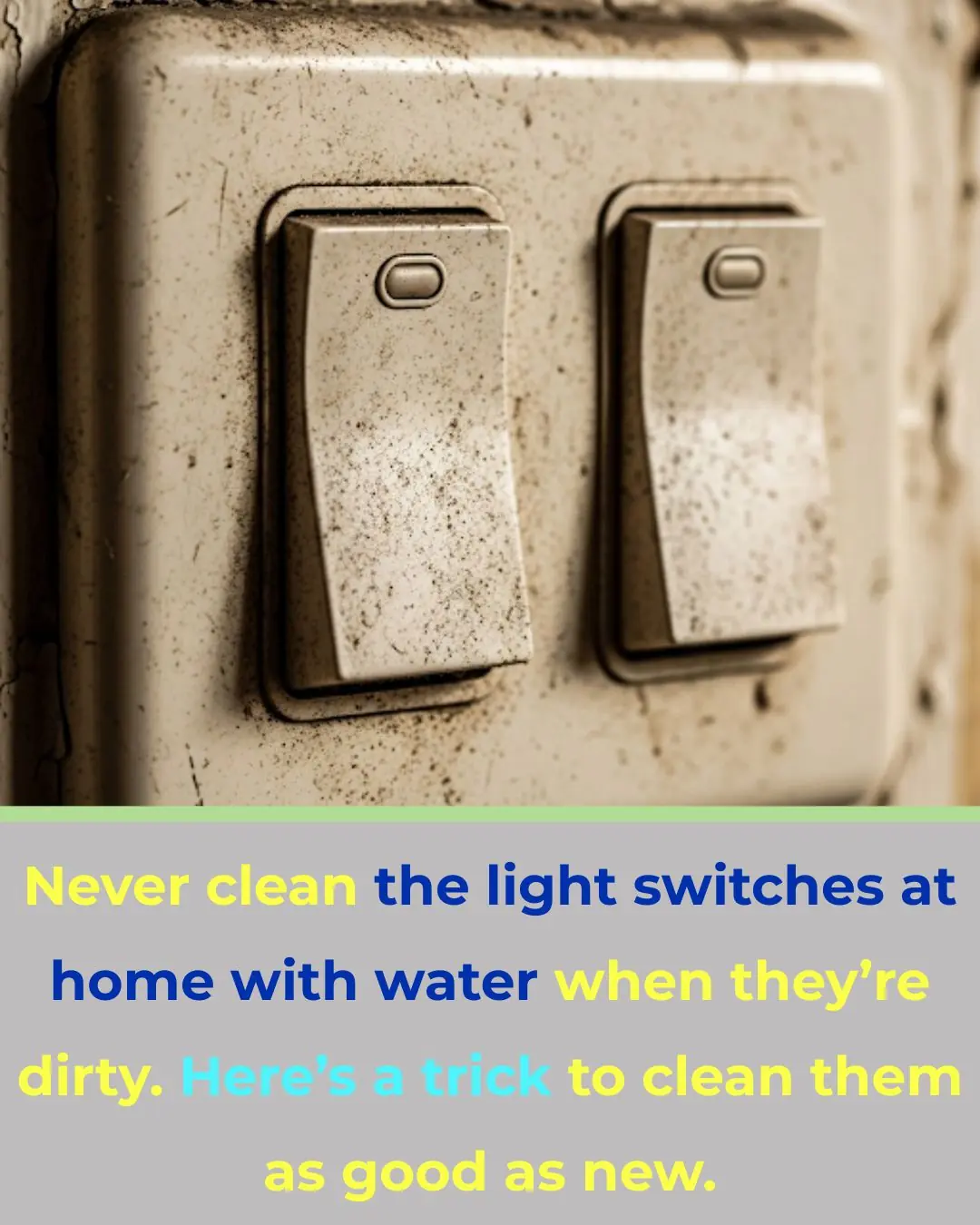
Never clean light switches with water—use this safe, foolproof method instead
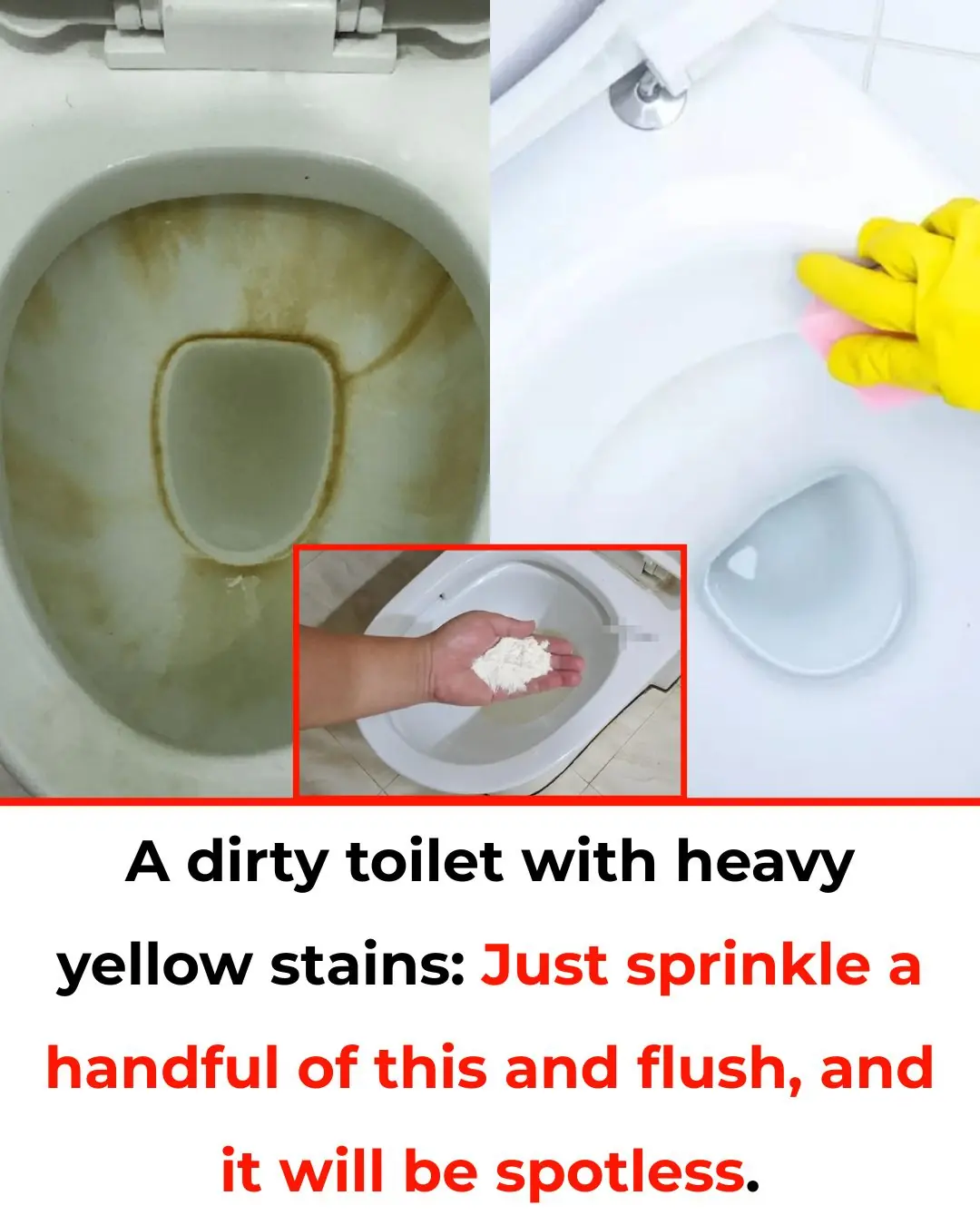
A dirty toilet with heavy yellow stains? Sprinkle a handful of THIS and flush (the safe way to make it spotless)

Don’t wear these two types of slippers on the plane—they can compromise your safety

Moldy, peeling walls—simple, cost-effective fixes any home can do

No matter how rich you are, don’t place these 4 items next to the TV — or you’ll face many disadvantages

The Super Vegetable That Grows Green and Is Packed with Vitamin C—10 Times More Than Oranges and Lemons!

Why Smart People Keep This Jar in the Bathroom: The Surprising Benefits You Need to Know
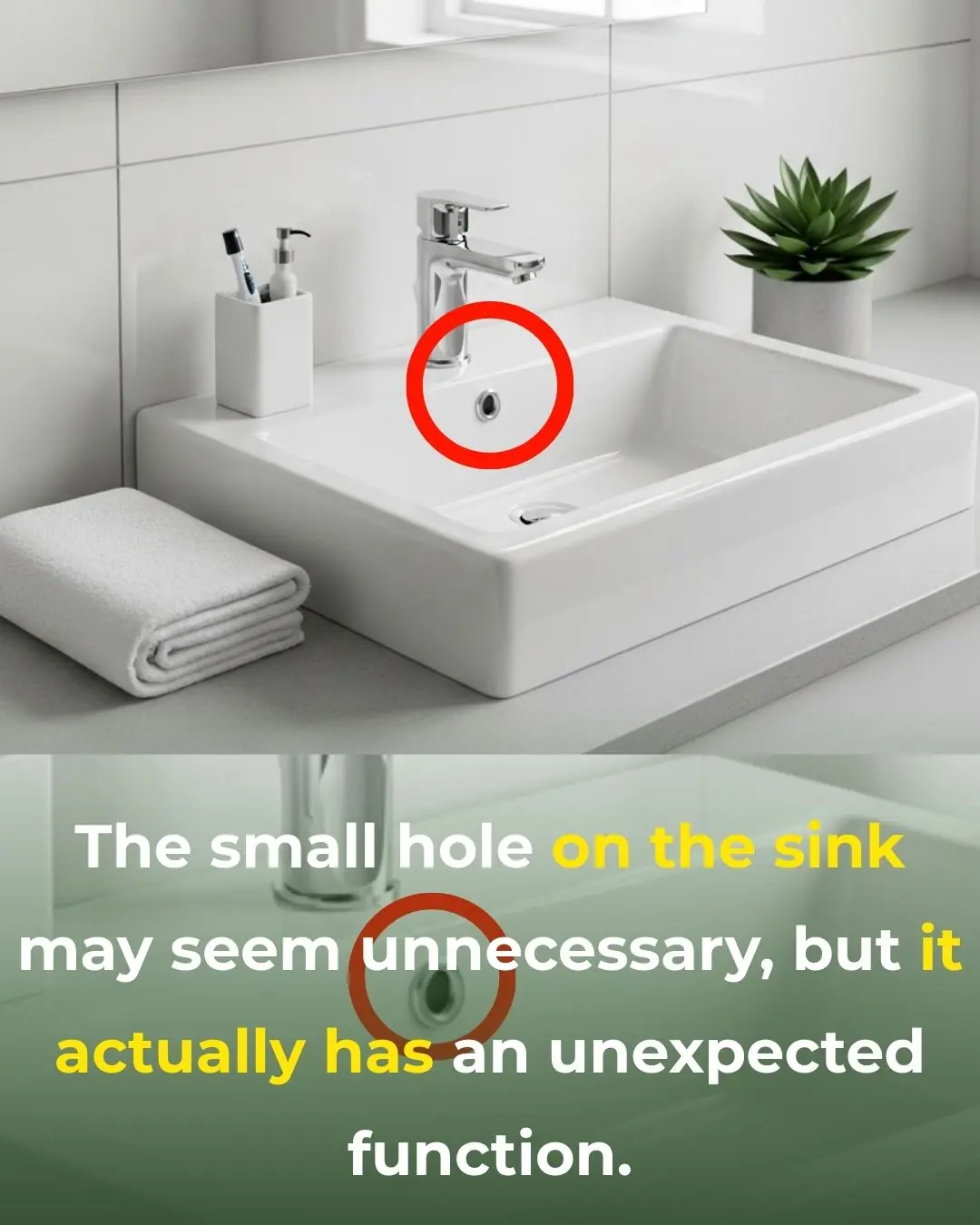
The Hidden Function of the Small Hole in Your Sink: Why It's Actually Essential
News Post

Rob Gronkowski forgot he invested $69,000 in Apple and ten years later the value has completely changed his net-worth

Scientists discover that powerful side effect of Ozempic could actually reverse aging
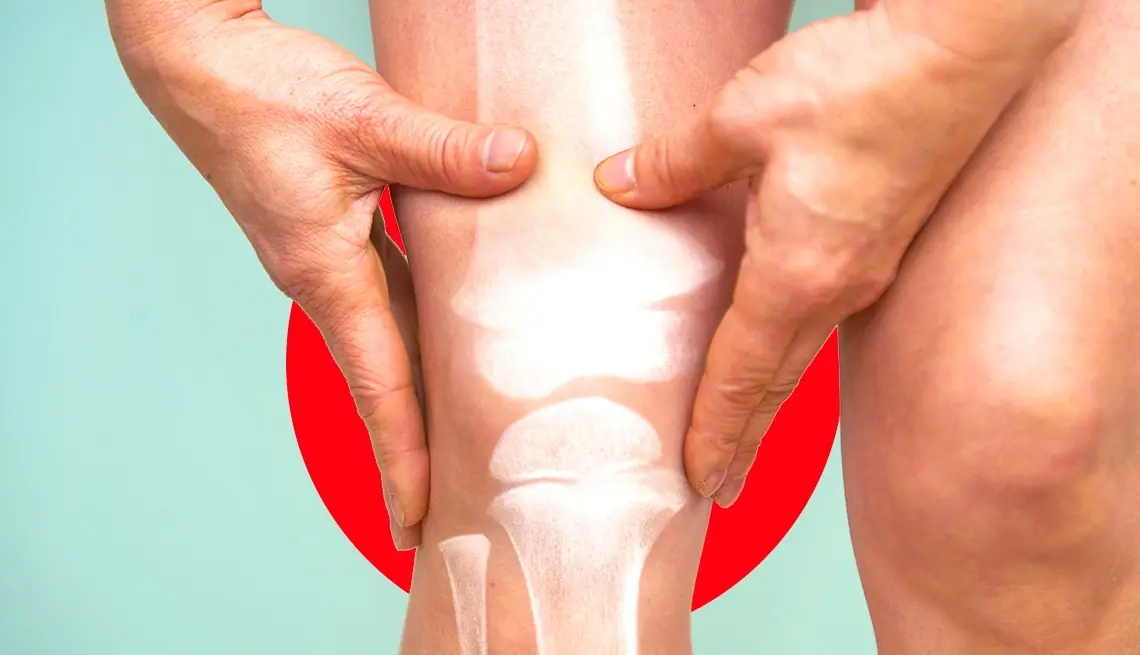
5 Common Habits That Are Slowly Destroying Your Knees Right Now

14 Powerful Benefits of Walking That Completely Change Your Body and Mind

These 5 Foods Are Fueling Cancer in Your Body. Number 1 Will Surprise You

8 Common Reasons For Waking Up at Night
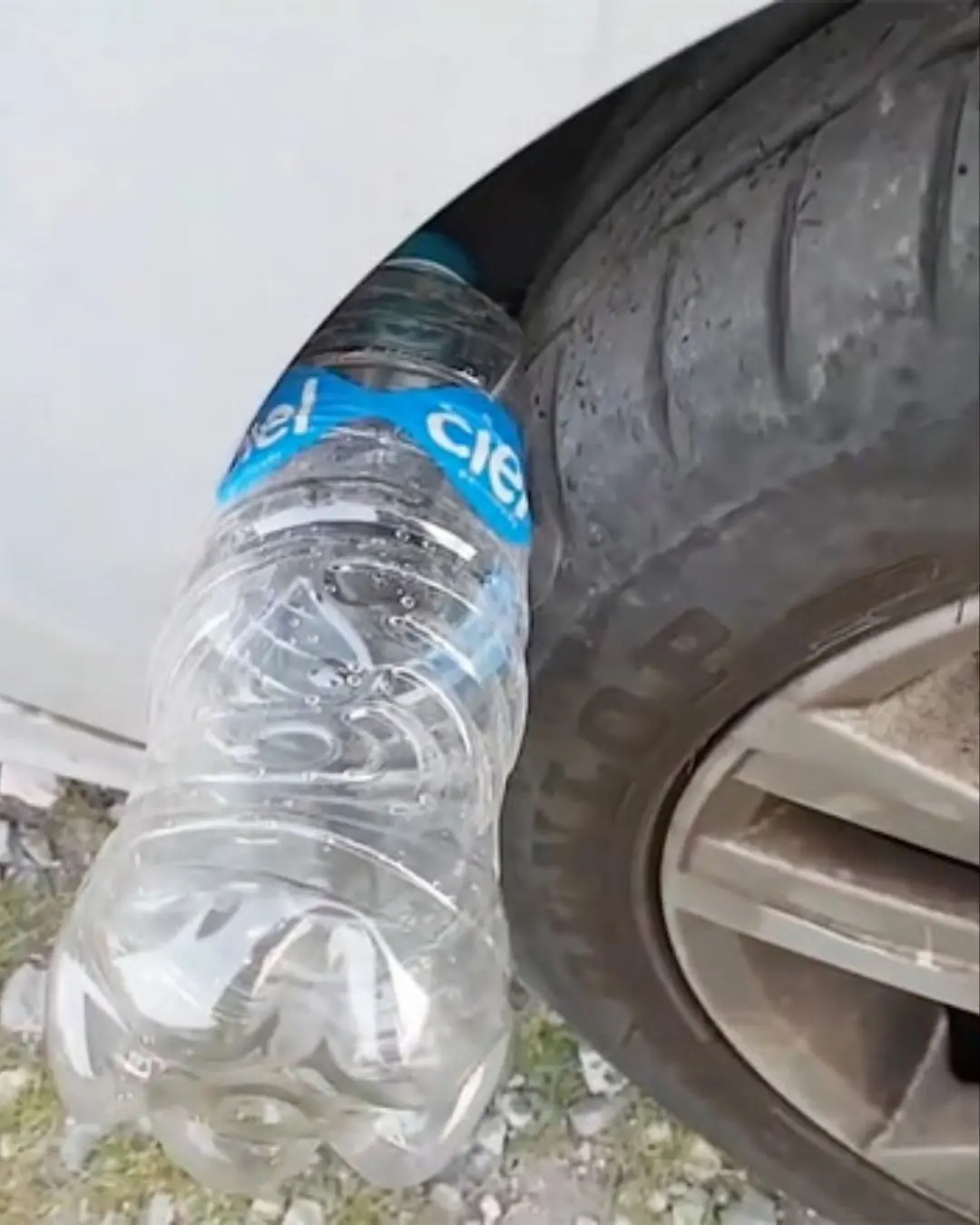
Beware of the Plastic Bottle Scam: A New Car Theft Tactic

Scientists warn ancient Easter Island statues could vanish in a matter of years

NASA astronaut describes exactly what space smells like and it's not what you'd expect

Don’t Clean the Fridge with Plain Water—Mix This In and It’ll Be Spotless and Odor-Free

Put a Handful of Pepper Under the Bed and Something Unexpected Happens—Something Bed Sellers Never Tell You

Rice Left in the Rice Cooker Overnight—Can You Still Eat It? The Answer May Surprise You

Oil Keeps Splattering When You Fry? Add This One Ingredient to the Pan—No More Splashes or Sticking

Clogged Kitchen Sink Drain? Don’t Rush to Call a Plumber—Try This to Clear It and Eliminate Odors

Washing Machine Loud and Shaking During Spin? Don’t Rush to Call a Technician—Do This and It’ll Run Smoothly

Should You Seal the Room When Running the Air Conditioner? Five Errors That Can Double or Triple Your Power Usage

Using an Electric Kettle: 9 Out of 10 Homes Make This Common Mistake – It’s Worth Reminding Family to Correct It Early
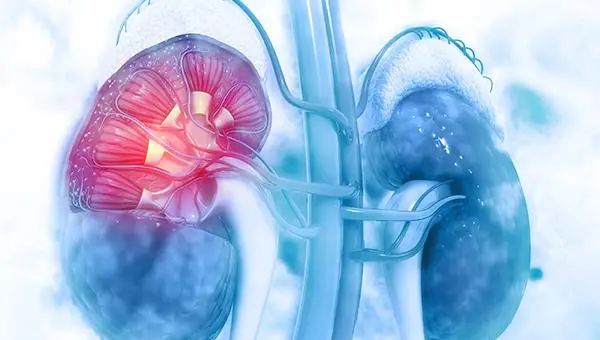
Early Signs of Kidney Disease and How to Protect Your Kidneys (Evidence-Based)
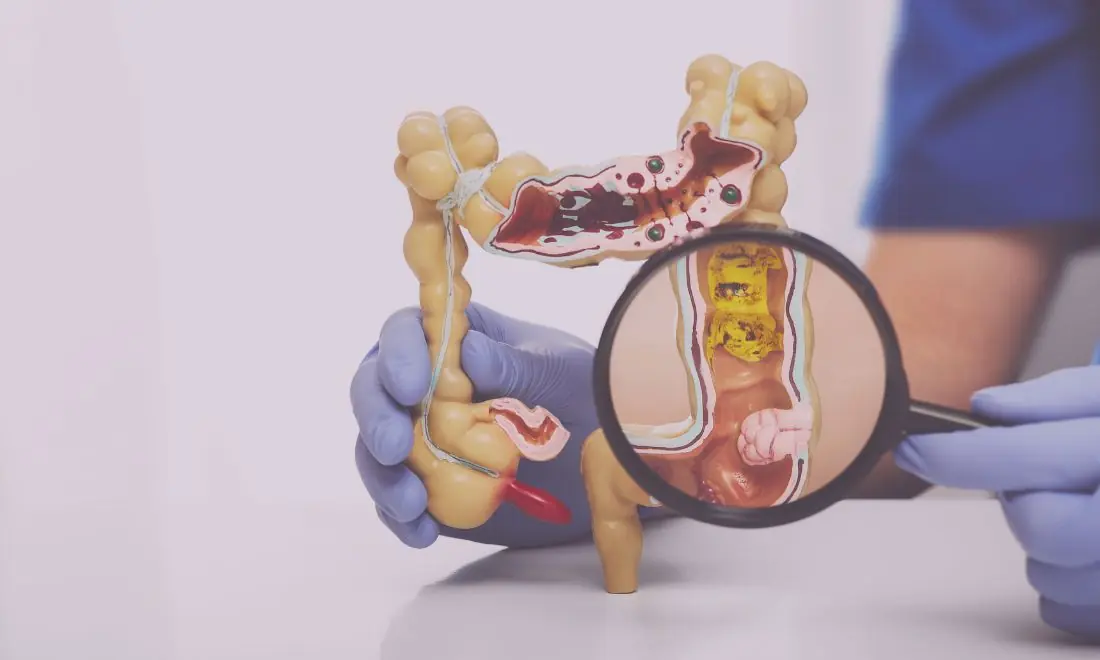
Colon Cleansing with Kefir and Flaxseed: A Natural Approach
